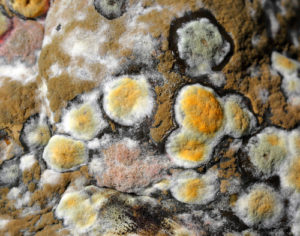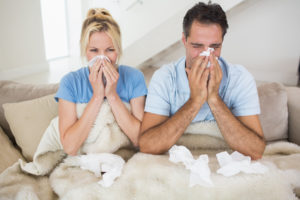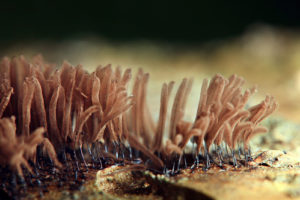What the EPA Wants You to Know About Mold

Act Quickly To Clean Up And Control Mold As Soon As It’s Found
Your health and your home are both threatened by mold growth, and the Environmental Protection Agency stresses the importance of acting quickly to clean up and control mold as soon as it’s found.
The EPA mold guide lays out the basic facts about mold:
- Mold is common. Nobody should be surprised by the presence of mold. The important thing is controlling its growth if it spreads on indoor surfaces.
- Mold causes health problems. Respiratory issues including asthma attacks and allergic reactions are common health problems caused by toxic mold.
- Moisture makes mold grow. Molds need humidity to thrive. If you want to prevent the problem from recurring after you’ve brought in a NJ mold removal service, you need to make sure that the process includes stopping the moisture at its source.
What the EPA Says about Mold Cleanup
The EPA recommends cleaning up very small patches of mold by scrubbing with detergent and water. Be careful, however, because you need to wear protective clothing and equipment to reduce the risk of toxic mold-related health problems.
If the mold has gotten inside of a wall or ceiling, or the mold has spread to an area larger than about 10 square feet, the EPA advises you to find a mold removal professional. Our MoldExterm system uses EPA-registered antimicrobials for our NJ mold removal services.
If you’ve found mold growing in your home or business, Stern Mold can help by actually killing and removing the mold — and also treating surfaces to prevent mold from coming back ever again. Contact us today to schedule a free inspection and quote for our NY and NJ mold service.




